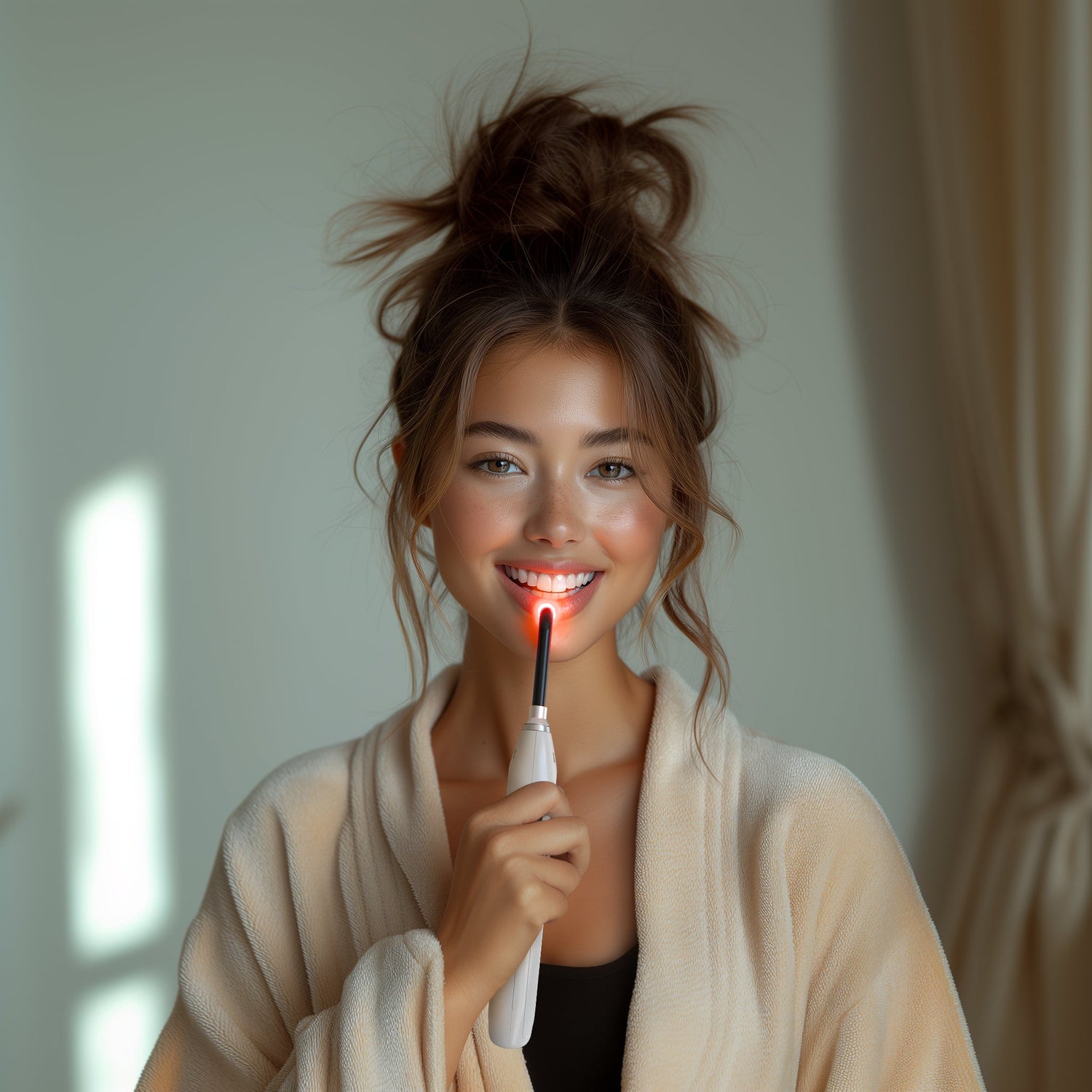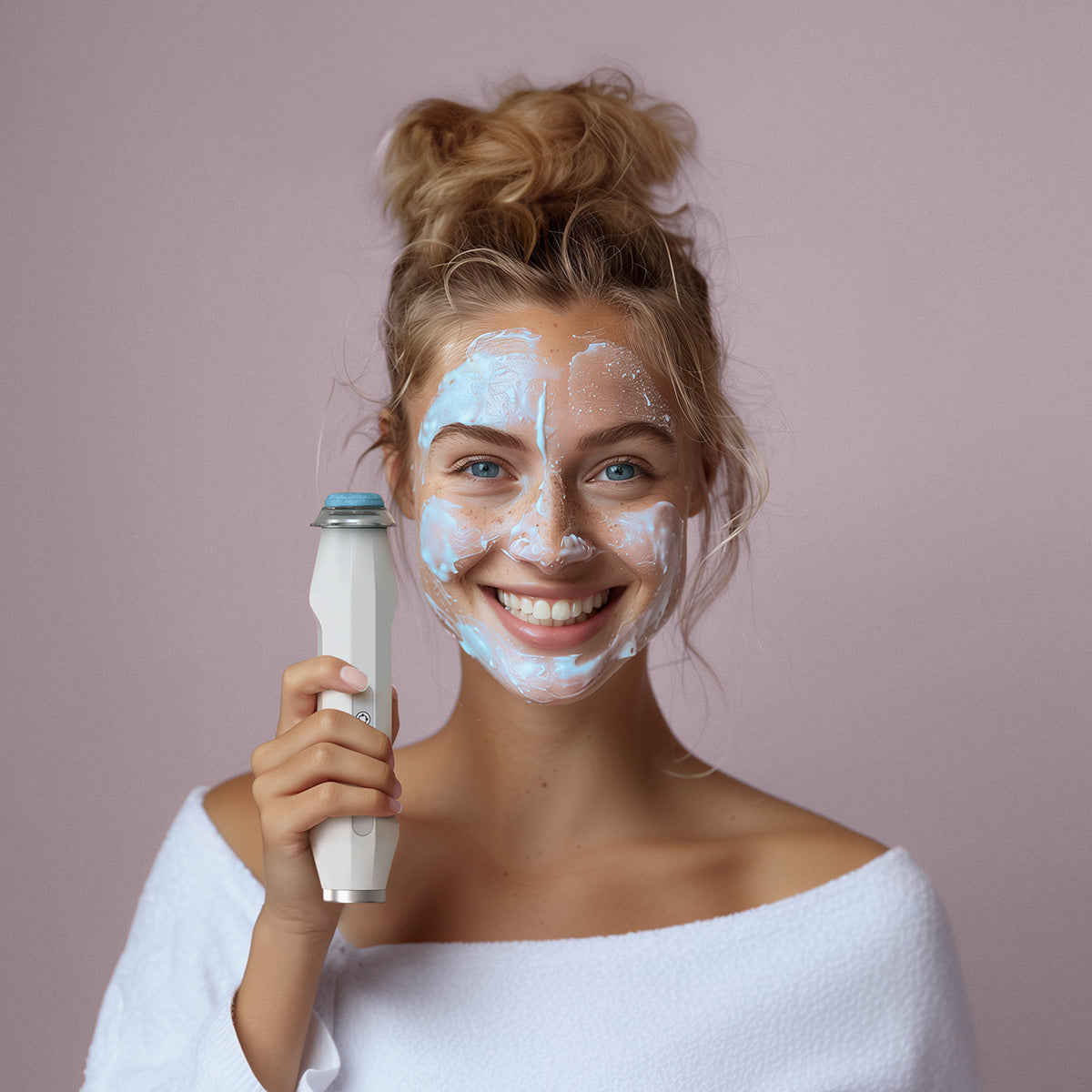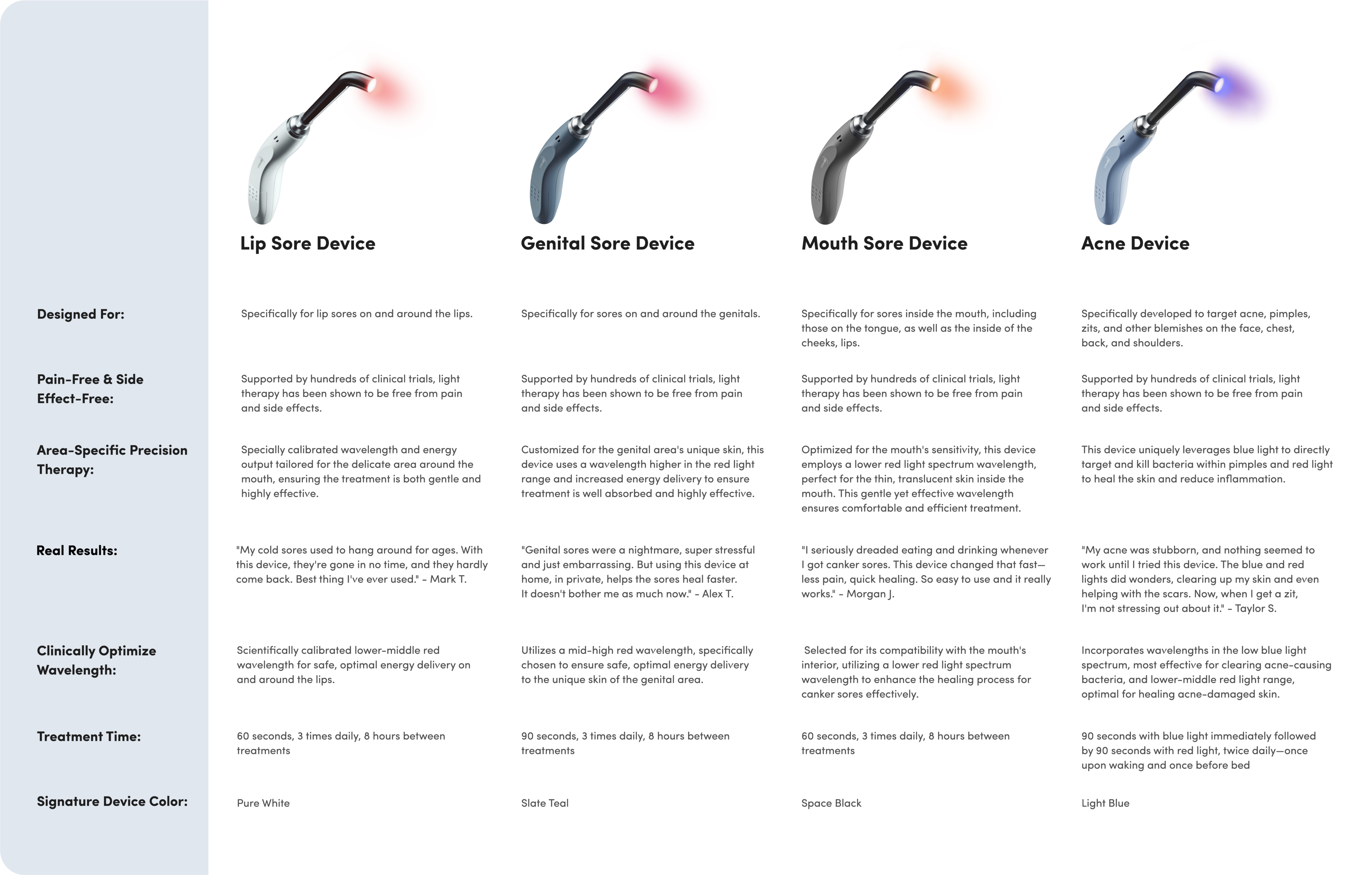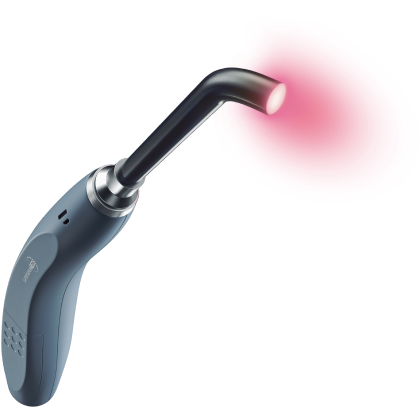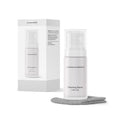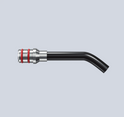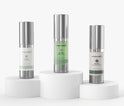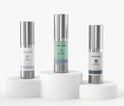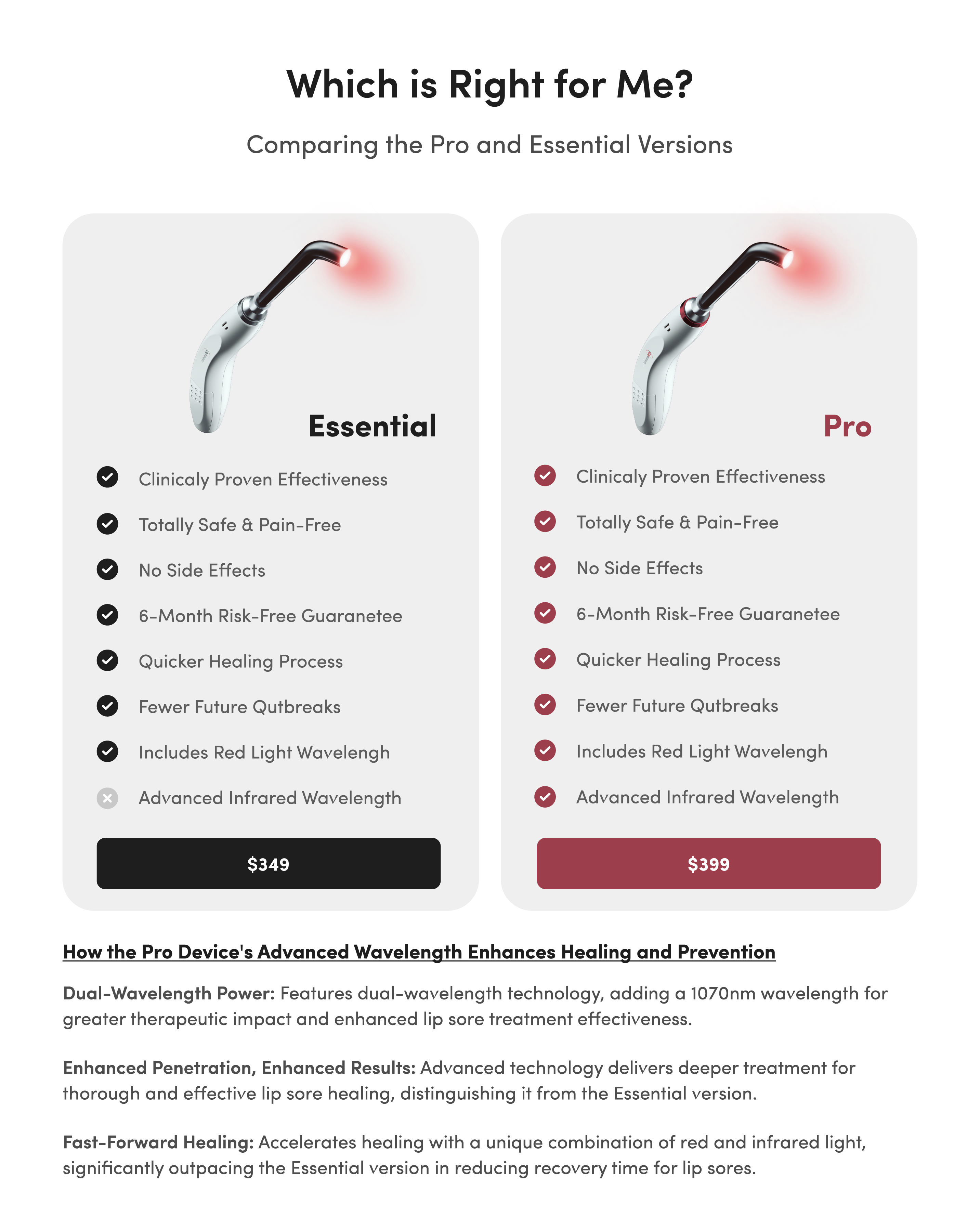No, Your Recurrent Cold Sores Probably Aren’t a Sign of Cancer

Chronic cold sores aren’t just painful and embarrassing; they can also be frightening. Sometimes people with frequent outbreaks wonder if their recurrent cold sores are a sign of cancer.
Here’s the good news: your recurrent cold sores probably aren’t a sign of cancer! There’s little connection between cold sores and cancer.
Learn more about the signs and symptoms of cold sores so you can respond to them properly — without worrying.
What Causes Cold Sores in the First Place?
Cold sores are the visible symptom of the highly contagious herpes simplex virus type one (HSV-1). The Centers for Disease Control and Prevention (CDC) estimates that 47.8% of Americans ages 14 to 49 have HSV-1, though many never develop symptoms.
A tingling or burning sensation marks the first sign that a cold sore is about to erupt around the mouth or lips. Cold sores tend to cause pain and discomfort for seven to ten days until they burst, scab and heal.
HSV-1 remains dormant in the nerve cells after your initial outbreak. It may lie inactive for weeks, months or even years. It’s hard to predict exactly when and how the next outbreak will occur, but certain external factors commonly trigger cold sores.
Sunlight
Sunlight is a well-established trigger for cold sores around the mouth. Unprotected exposure to UV radiation may stimulate herpes virus activity. When stimulated, the virus travels from its dormant resting place in the nerve ganglia and into cells on the lips and mouth.
Stress
Persistent mental stress and fatigue can also trigger viral activity. This type of psychological strain increases the production of certain hormones in the body and interrupts the regulation of cellular immunity. These side effects could increase the likelihood of the herpes virus becoming active again.
Acidic Diet
The wrong eating habits can increase the duration of your cold sore outbreak. Acidic foods are some of the worst culprits because they make existing cold sores even worse and can even reopen healing sores. Try to avoid wine, soda, tomatoes and citrus fruits.
Weak Immune System
Without a strong immune system, your body has trouble suppressing lurking viruses like herpes. Many different factors influence your immune system. Excessive alcohol, not enough water, vitamin deficiencies, and lack of sleep are four of the most common.
Remember to use these preventative measures to avoid cold sore triggers altogether!
Are Recurrent Cold Sores a Sign of Cancer?
The majority of recurrent cold sores aren’t a sign of cancer. They are more likely driven by a weakened immune system struggling to control the herpes virus. In particular, your risk of an outbreak increases if you have health complications such as diabetes, HIV, cancer or long-term antibiotic use.
Only genital herpes caused by herpes simplex virus type 2 (HSV-2) has been linked to any form of cancer. HSV-2 is distinct from HSV-1, though they are both forms of the herpes virus. According to a study published in the Journal of the National Cancer Institute, genital herpes can increase the risk of cervical cancer by acting as an “accomplice” with other cancer-causing viruses like the human papillomavirus (HPV).
Fortunately, regular pap smears can easily identify any warning signs of cancer. Even women with genital herpes don’t face a higher risk of cancer unless they’re also infected with HPV.
Other research studies even suggest that HSV-1 could be used in the fight against cancer by serving as a “vehicle” for the delivery of therapeutic cancer treatments.
Cold Sores vs. Lip Cancer
If you’re still concerned that your recurrent cold sores could indicate lip cancer, make sure you can tell the difference between signs of a cold sore and signs of lip cancer.
Lip cancer is a type of oral cancer that can occur anywhere on the upper or lower lip, although it’s most common on the lower lip. Tobacco use and sun exposure are the two most significant risk factors for lip cancer.
Symptoms of lip cancer include:
- Flat or slightly raised white or black discoloration on the lips
- Lip sore that won’t heal
- Tingling, pain or numbness on or around the lips
- Gradually growing, changing shape, color and size or irregular borders
Cold sores, on the other hand, emerge and heal in five distinct phases:
- Itching or burning feeling under the skin indicating a cold sore is forming
- Fluid-filled blisters develop on or around the mouth
- Blisters burst or “weep” and release their fluids
- Blisters dry up into a yellow or brown crust
- Scabs heal and skin around the mouth looks healthy again

Other Common Cold Sore Misdiagnosis
Just because it’s not a cold sore doesn’t mean it’s cancer. Many conditions are often confused for cold sores.
Angular Cheilitis
Cold sores are often mistaken for angular cheilitis. Both conditions can cause redness, rawness and inflammation around the corners of the mouth. However, that’s where their similarities end.
HSV-1 causes fluid-filled blisters to develop anywhere around the lips, not just at the corners of the mouth. As mentioned above, the blisters go through five distinct stages from emergence to healing.
If you’re experiencing angular cheilitis, it’s helpful to know it’s not contagious or infectious.
Canker Sore
Canker sores, or aphthous ulcers, are shallow white lesions with inflamed pink borders that occur inside the lips and mouth.
Though often confused with cold sores, canker sores are not caused by the herpes virus. Canker sores develop inside the mouth, whereas cold sores emerge around the outside of the mouth and lips. Additionally, canker sores don’t fill with liquid, burst or scab over like cold sores do.
Cracked Lips
Cold sores and chapped lips develop differently. If you know what to look for, it’s relatively easy to tell the difference between these two conditions.
Chapped lips develop after exposure to intense sunlight, cold and dry weather, or many hours of licking your lips repeatedly. The most common symptoms include dryness, flaking, scales and cracks on the entire surface of the top and bottom lips. Chapped lips don’t “weep” clear fluid like cold sores do unless they’re severely infected.
Signs Your Blister Is Caused by HPV
The human papillomavirus (HPV) is a common virus spread through close skin-to-skin contact. Some cases of HPV go away by themselves, but others last longer and increase the risk of certain types of cancer.
Genital warts are the most common symptom of HPV. These soft growths appear on the genitals and are often mistaken for genital herpes blisters.
Some genital warts are obvious growths that resemble cauliflower, but others are so small that they’re not visible to the naked eye. It’s also possible for genital warts to develop on the lips, mouth, tongue or throat of a person who has oral sexual contact with a person infected with HPV. This virus may also cause other symptoms, including:
- Itching
- Bleeding
- Burning
- Vaginal discharge
Testing is the best way to confirm whether your symptoms are caused by herpes or HPV. An HPV vaccine is available to protect against infection with the virus, but no vaccine yet exists for the herpes virus.
When To See a Doctor
If you’re experiencing chronic cold sores that never subside, even when you avoid known triggers, it may be time to see a doctor. Your cold sores could be caused by a more serious issue that requires medical attention.
Watch for these additional symptoms:
- Severe and painful side effects
- Swelling beyond what you’d expect from a cold sore
- A cold sore that hasn’t healed within 10 days
- Swollen gums
- Weakening immune system
Doctors can use a simple visual exam to diagnose the issue. If they need more information, they may also order blood tests or fluid samples to assess the root cause of your symptoms.
Treatment Options for Your Cold Sores
Many over-the-counter treatments and home remedies are formulated to treat cold sore outbreaks. There’s no cure for this type of herpes simplex virus, but the following treatment options may help you manage cold sores and minimize their effects.
Lysine
Lysine is an essential amino acid that helps the body in many ways, including in the healing and growth processes. Lysine supplements, also known as L-lysine, are popular natural treatments for cold sores.
Lysine is available as both an oral supplement and a cream. A lysine cream like Quantum Lip Clear Lysine + Cold Sore Treatment can be applied every two hours for 11 days to the affected area. It works to relieve the itching, burning, blistering and pain associated with cold sores.
If you prefer an oral supplement to manage cold sores, you can take lysine in one-gram doses three times a day. Some people continue to take a single, one-gram dose per day to prevent future outbreaks.
Abreva®
Abreva® is a popular over-the-counter cream used to treat cold sores. It contains the only non-prescription ingredient approved by The United States Food and Drug Administration (FDA) to accelerate the cold sore healing process.
Orajel™
Orajel™ provides instant and targeted pain relief in and around the mouth. For HSV-1 cold sores, the Orajel™ Cold Sore formula includes six active ingredients shown to treat the pain, itching and dryness caused by outbreaks. It can be applied up to four times a day to help you stay comfortable until your cold sore heals.
The Luminance RED
The Luminance RED is a handheld medical device designed to help you manage cold sores. This FDA-registered device can be held about a centimeter from the treatment area for two 60-second sessions at a time. It should be applied at least once a day, up to three times a day.
This type of treatment harnesses powerful light technology to shorten the healing time and decrease the frequency of cold sore outbreaks. Clinical research shows that light therapy can extend the time between outbreaks to nearly 38 weeks, compared to just three weeks for those who don’t receive treatment. Patients who receive treatment with medically-optimized light can also enjoy a 49% reduction in healing time and a 77% reduction in pain.
This therapy offers an advanced way to reduce the severity of cold sore outbreaks, accelerate healing and reduce the frequency of future outbreaks!


